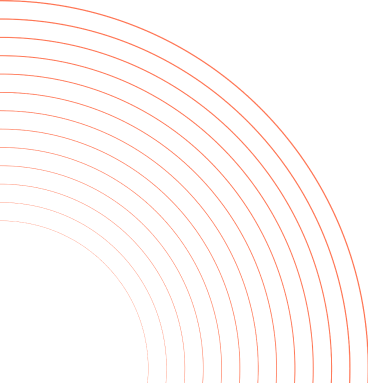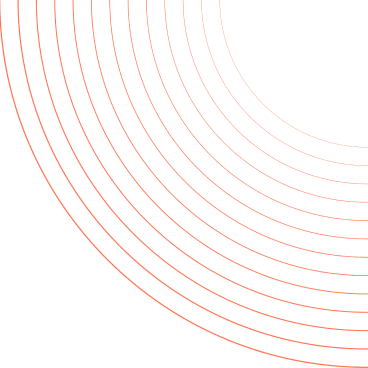The Importance of Citing Sources in Academic Writing

Citing sources is a foundational aspect of academic writing that serves several critical purposes:
- Credit: Acknowledges the contributions of original authors.
- Plagiarism Prevention: Ensures integrity by guarding against intellectual theft.
- Evidence Support: Strengthens arguments by grounding them in established research.
Citation Styles Overview
Citation styles provide the rules for properly citing sources in your work. Choosing the correct citation style is typically influenced by your academic discipline and specific instructions from your instructor or publisher.
Types of In-Text Citation Formats
- Parenthetical Citations:
- Common across many disciplines; citations placed after relevant sentences in brackets.
- Example: (Smith " & Johnson, 2019).
- Styles: APA, MLA, Chicago (Author-Date), Harvard.
- Numerical Citations:
- Each reference is numbered in the order it appears in the text.
- Example: "The scientific community continues to debate this phenomenon.3"
- Styles: CSE, IEEE, NLM, AMA.
- Note-Bibliography Citations:
- Utilizes footnotes or endnotes linked by superscript numbers for citations.
- Example: "The concept of justice is multifaceted, with various philosophical perspectives shaping its interpretation.3"
- Style: Chicago (Note-Bibliography).
Common Citation Styles and Their Examples
- American Psychological Association (APA)
- In-text example: (Smith " & Johnson, 2019).
- Reference entry: Smith, A., & Johnson, B. (2019). Artificial Intelligence: Transforming Industries. Publisher.
- Modern Language Association (MLA)
- In-text example: (Doe 45).
- Reference entry: Doe, John. Title of the Book. Publisher, Year.
- Chicago Manual of Style
- Author-Date: (Smith 2018); Reference: Smith, John. 2018. The Innovators: A Journey in Technology. TechBooks Publishing.
- Note-Bibliography: "The Industrial Revolution had a profound impact…"1;
- Reference: Smith, John. The Age of Machinery. Chicago: University of Chicago Press, 2018.
- Harvard Style
- In-text example: (Smith, 2018).
- Reference entry: Smith, John. (2018). "Advancements in Quantum Computing." Quantum Journal, 12(3), 45-58.
- Institute of Electrical and Electronics Engineers (IEEE)
- In-text example: [1].
- Reference entry: [1] J. Smith et al., "Advancements in Robotics," Abbrev. Robotics J., vol. 10, no. 3, pp. 123-145, 2022.
- American Medical Association (AMA)
- In-text example: The study found a significant correlation between diet and cardiovascular health.2
- Reference entry: 2. Johnson, Emily; Davis, Michael. "Innovations in Sustainable Energy." Renewable Energy Journal. 2022; 8(4): 245-260.
Choosing the Right Citation Style
Your choice of citation style largely depends on:
- Field Conventions: Different disciplines favor specific styles.
- Examples:
- Humanities: MLA
- Social Sciences: APA
- Sciences: CSE, IEEE
- Instructor or Publisher Guidelines:
- Always check the requirements from your instructor or the specific journal/publisher. Adhering closely to these expectations is crucial.
Conclusion
Citing sources accurately is vital to maintain academic integrity and bolster your credibility. Although the rules can be intricate, utilizing tools like citation machines can streamline the process. Always ensure that your citations are consistent and adhere to the required format to minimize the risk of rejection or penalties for plagiarism. If in doubt, seek clarification from your instructor or publisher regarding citation expectations.
Our citation machine is kept up-to-date about various rules and guidelines for different citation styles. So whether you need to find relevant sources for your content or cite sources in a specific style, our citation tool can make it faster and more accurate. Try out our AI essay writer today!




